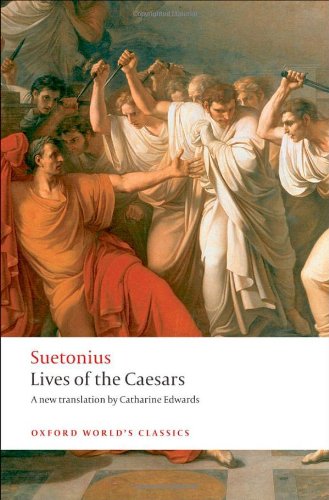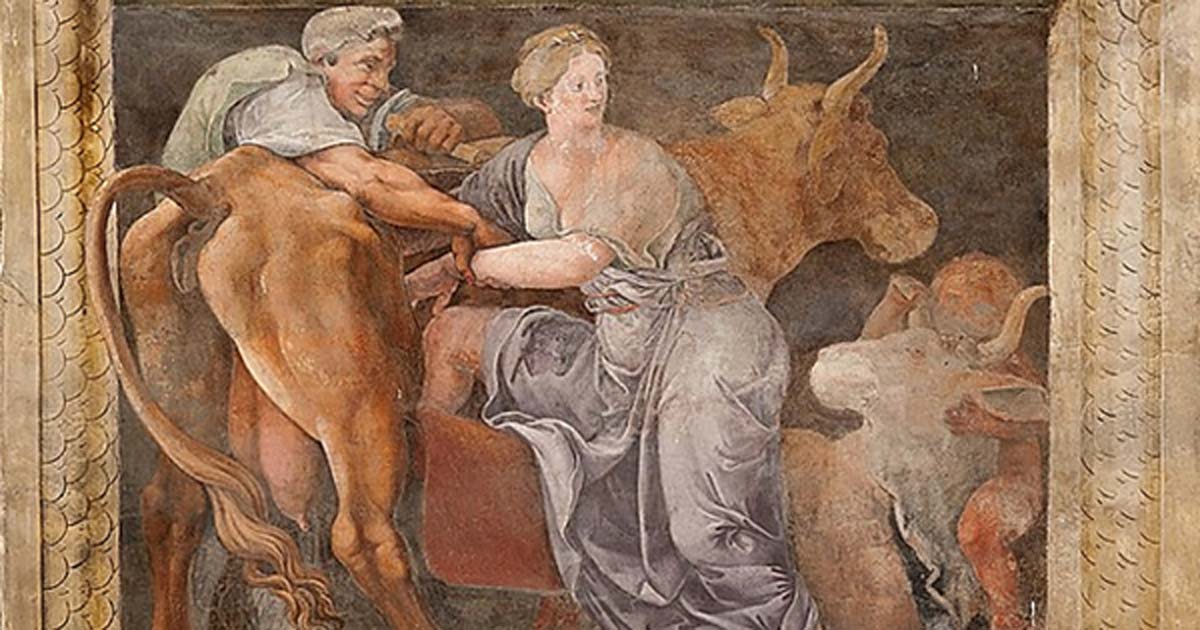 Anyone familiar with the gospel stories has noticed “bookending” or chiastic structure in certain episodes. Recall in the Gospel of Mark how Jesus passes by and curses a fruitless fig tree, goes to the temple to cause a ruckus, and then returns past the fig tree to see it has been withered.
Anyone familiar with the gospel stories has noticed “bookending” or chiastic structure in certain episodes. Recall in the Gospel of Mark how Jesus passes by and curses a fruitless fig tree, goes to the temple to cause a ruckus, and then returns past the fig tree to see it has been withered.
Fig tree cursed
Temple cleansed
Fig tree withered
Ditto for the raising of Jairus’s daughter:
Jairus begs Jesus to come and heal his daughter
A woman touches him on the way to be healed
Jesus raises Jairus’s daughter
There are many such structures, and some more complex than those examples. Some have further seen that the entire gospel is written as a ring structure:
John the Baptist in wild clothing announces Jesus
Baptism of Jesus, symbolic of death and new life
Casts demon out of man in synagogue
Transfiguration of Jesus
Casts money changers out of temple
Death and resurrection of Jesus
Young man in fine white linen announces resurrected Jesus
But there are many other steps in between extending that same pattern. Michael Turton has studied chiasms in the Gospel of Mark and over GMark as a whole. For Michael’s analysis see http://www.michaelturton.com/Mark/GMark_chiasm.html Another pattern pattern encompassing the entire gospel is discerned by Mary Ann Tolbert in Sowing the Gospel. There are numerous others.
Compare the Roman historian Suetonius
We would be wrong if we thought that these literary patterns were unique to the biblical literature, however. We might not be surprised to find such patterns in poetic works but what is surprising (at least it was to me) was to find the same type of ring structure in the prose history of the Roman historian Suetonius.
Suetonius was born around the time the Jerusalem temple was destroyed and wrote his Lives of the Twelve Caesars in the early part of the second century.
Here is one example, his life of the emperor Galba who succeeded Nero. The pattern I post here was discerned by the classicist Thomas Benediktson. Here is how he saw Suetonius’s structure in his biographical account of Galba. The numbers in brackets refer to the chapter sections of the work. They have been added by later editors so are not original to Suetonius.
Thematic Diagram of Suetonius’ Galba

A. Destruction of statues, Nero (1)
B. Mythological ancestors (2)
C. Father, gibber (3)
D.1. Greek quotation, presage (4.1)
D.2. Latin quotation, old age (4.1)
E. portents and dreams, Fortuna (4)
F.1. Marriage, lack of heirs (5)
F.2. Failure to collect inheritance (5)
G. Use of power (6)
H. canescere (8)
I. Cruelty as administrator (9)
J. Ascent to power (10-11)
I. saevitia, avaritia as emperor (12)
H. Canus(12.3)
G. Abuse of power (14-15)
F.2. Failure to pay donative (16)
F.1. Adoption of heir (17)
E. Portents and dreams, Fortuna (18-19)
D.2. Latin quotation, presage (20)
D.1. Greek quotation, youth (20)
C. Arthritis, caro (21)
B. Gluttony and excessive homosexuality (22)
A. Destruction of statues, Vespasian (23)
(Benediktson, p. 173)
Continue reading “That Curious Ring Composition or Chiastic Structure in Ancient Writings”
